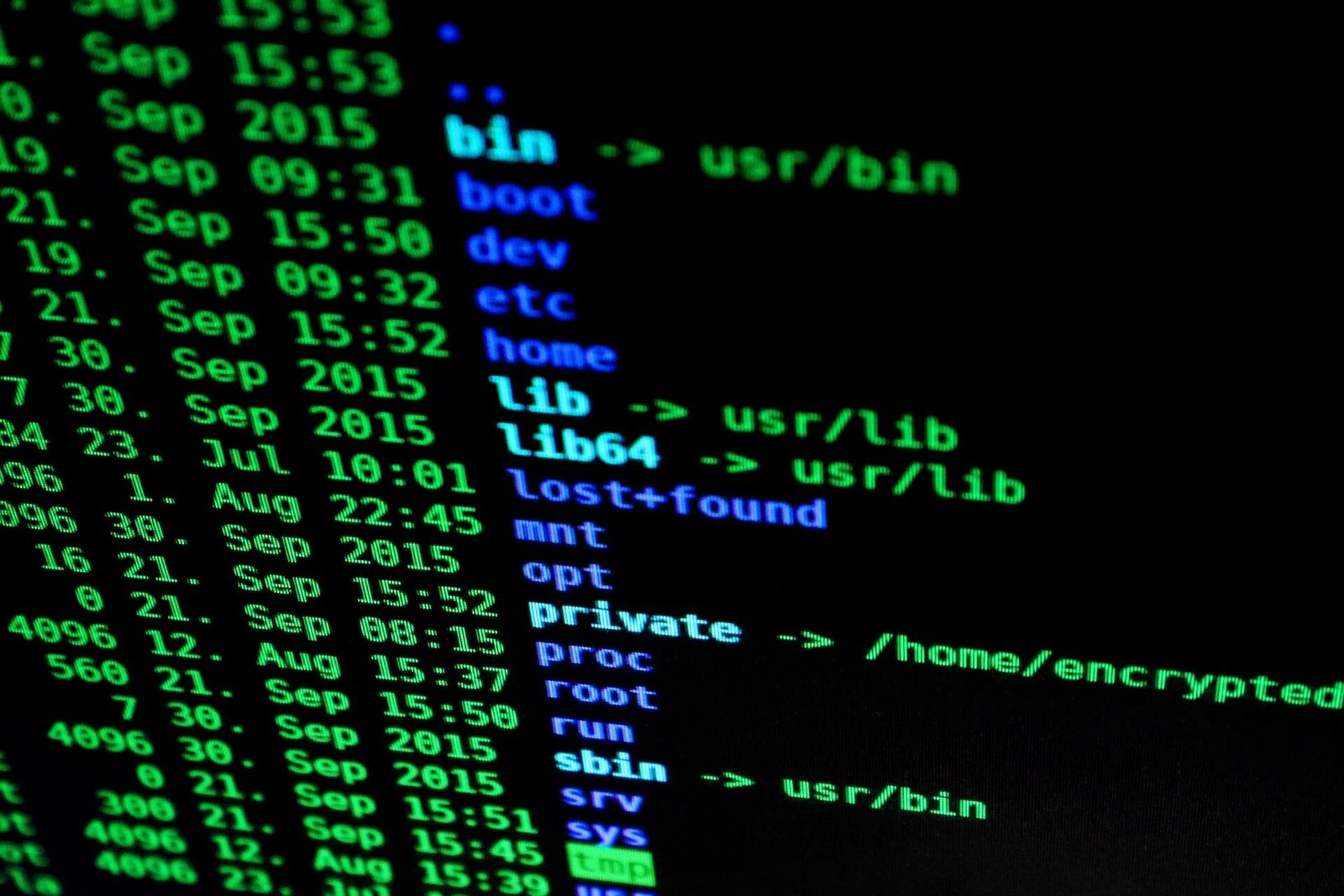Infrastructure is the backbone of modern society. Roads, bridges, power grids, water systems, and buildings all need to function reliably to keep our daily lives running smoothly. But aging infrastructure, extreme weather, and increasing demand put immense pressure on these systems. Failures can lead to costly repairs, dangerous accidents, and widespread disruptions. Fortunately, machine learning is transforming how we predict and prevent infrastructure failures before they happen. Let’s dive into how this powerful technology is changing the game, helping engineers and managers keep critical systems safe and efficient.
Why Predicting Infrastructure Failures Matters
Infrastructure failures don’t just cause inconvenience; they can endanger lives and cause significant economic losses. A collapsed bridge or power outage can impact thousands, if not millions, of people. Traditional methods of maintenance and inspection often rely on fixed schedules or manual checks, which might miss subtle signs of deterioration or unexpected issues.
Predictive maintenance powered by machine learning allows us to move from reactive to proactive management. Instead of waiting for something to break, we can detect patterns and early warning signs that indicate a potential failure. This shift saves time, reduces costs, and increases public safety by addressing problems before they escalate.
The Role of Data in Infrastructure Monitoring
Machine learning thrives on data, and infrastructure systems generate vast amounts of it. Sensors embedded in bridges can monitor stress levels, vibration, temperature, and corrosion. Smart grids collect data on power flow, outages, and equipment health. Water pipelines have pressure and flow sensors to detect leaks or blockages.
This continuous stream of real-time data feeds machine learning algorithms, enabling them to learn what normal operating conditions look like and identify anomalies that could signal trouble. The more data collected over time, the more accurate and reliable the predictions become.
Machine Learning Models for Failure Prediction
There are several types of machine learning models that work well for infrastructure monitoring. Supervised learning models use historical failure data to train the system to recognize patterns linked to past breakdowns. For example, a model might analyze vibration data from a bridge and learn the threshold values that precede cracks or structural weakening.
Unsupervised learning models don’t require labeled failure data but instead focus on detecting unusual patterns or outliers in the sensor data. These models are useful when failure cases are rare or not fully documented, helping to flag abnormal behavior that might need investigation.
Reinforcement learning is another approach where models learn optimal maintenance schedules by balancing the cost of inspections with the risk of failure. This can lead to smarter resource allocation and more efficient maintenance cycles.
Applications Across Different Types of Infrastructure
Machine learning is being applied across a wide range of infrastructure sectors. In transportation, it’s used to monitor bridges, tunnels, and railways for signs of wear and tear. Predictive models analyze traffic loads, weather effects, and sensor data to forecast when repairs will be needed.
In the energy sector, machine learning helps utilities predict failures in power transformers, detect faults in transmission lines, and optimize the maintenance of wind turbines and solar panels. Early detection of equipment degradation reduces downtime and avoids costly blackouts.
Water management systems benefit from machine learning by predicting leaks, pipe bursts, or contamination events. By analyzing flow rates, pressure, and water quality metrics, utilities can act quickly to prevent failures that disrupt service or cause environmental damage.
Challenges in Implementing Machine Learning for Infrastructure
While the benefits are clear, applying machine learning to infrastructure isn’t without challenges. One major hurdle is data quality and availability. Infrastructure assets are often spread across vast geographic areas, and installing and maintaining sensors can be expensive and complex.
Another challenge is dealing with imbalanced data—failures are rare compared to normal operation, so training models to recognize failures accurately requires careful handling to avoid false alarms or missed detections.
Interpretability of machine learning models is also crucial in this field. Engineers need to understand why a model flagged a potential failure to trust and act on its recommendations. This has driven interest in explainable AI techniques that make models’ decision-making more transparent.
Integration with Existing Maintenance Practices
Machine learning predictions are most powerful when integrated with existing inspection and maintenance workflows. Instead of replacing human expertise, these tools augment engineers by providing data-driven insights and prioritizing inspections where they are most needed.
For example, a bridge inspector can receive alerts highlighting sections that show unusual stress patterns, allowing targeted inspections rather than broad, costly surveys. This approach maximizes efficiency and ensures maintenance resources are focused where they’ll have the greatest impact.
Infrastructure Management with AI
As sensor technology becomes cheaper and more sophisticated, and as machine learning algorithms continue to evolve, the future of infrastructure management looks increasingly automated and intelligent. Digital twins—virtual replicas of physical infrastructure—combined with real-time data and predictive analytics will allow continuous monitoring and simulation of what-if scenarios.
This will enable planners to test how infrastructure responds to extreme weather, increased loads, or aging, helping design more resilient systems. Automated drones and robots equipped with AI may even carry out inspections in hazardous or hard-to-reach locations, feeding more data back into learning models.
Ethical and Security Considerations
While embracing machine learning offers clear benefits, it also raises ethical and security questions. Data collected from infrastructure could potentially expose sensitive information or be targeted by cyberattacks. Ensuring data privacy and securing these systems from hacking attempts is critical.
Moreover, decision-making assisted by AI must remain accountable. There needs to be a clear framework to determine responsibility if a failure occurs despite predictive warnings, and mechanisms to prevent biases in algorithms that might overlook certain risks.
Conclusion
Machine learning is revolutionizing how we predict and prevent infrastructure failures by turning vast streams of sensor data into actionable insights. This technology helps move infrastructure management from reactive repair to proactive maintenance, saving money, improving safety, and extending the lifespan of critical assets. Despite challenges around data quality, interpretability, and security, the integration of AI-powered tools with traditional engineering expertise is unlocking smarter, more efficient ways to keep our infrastructure reliable. As these technologies mature, they will become indispensable allies in building the resilient cities and systems of tomorrow.








